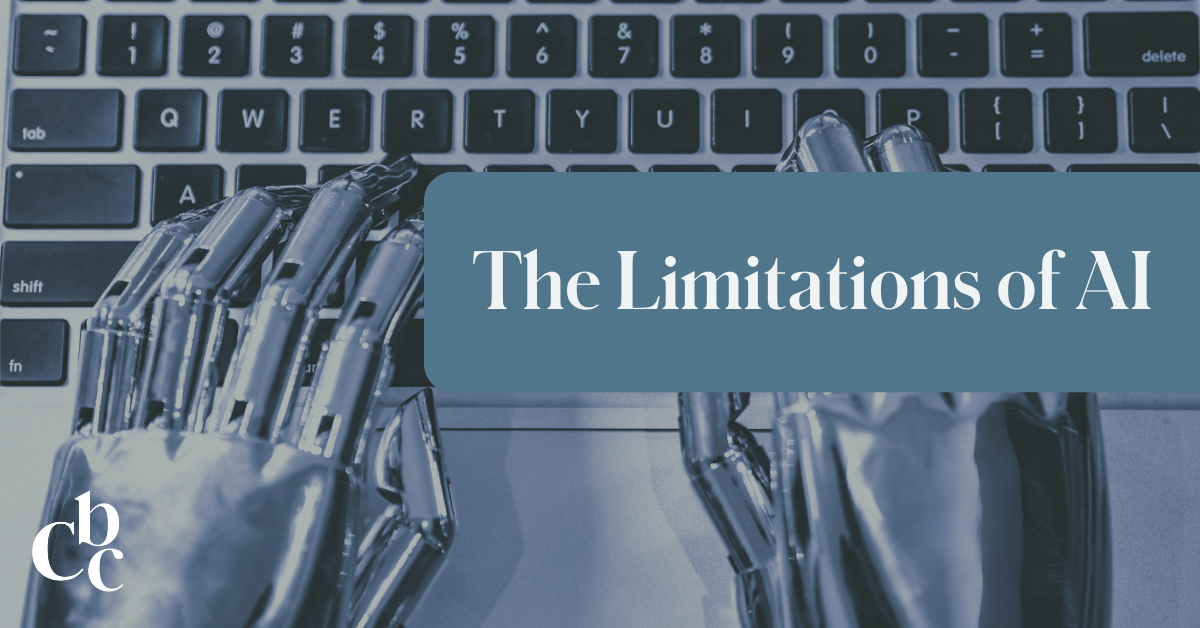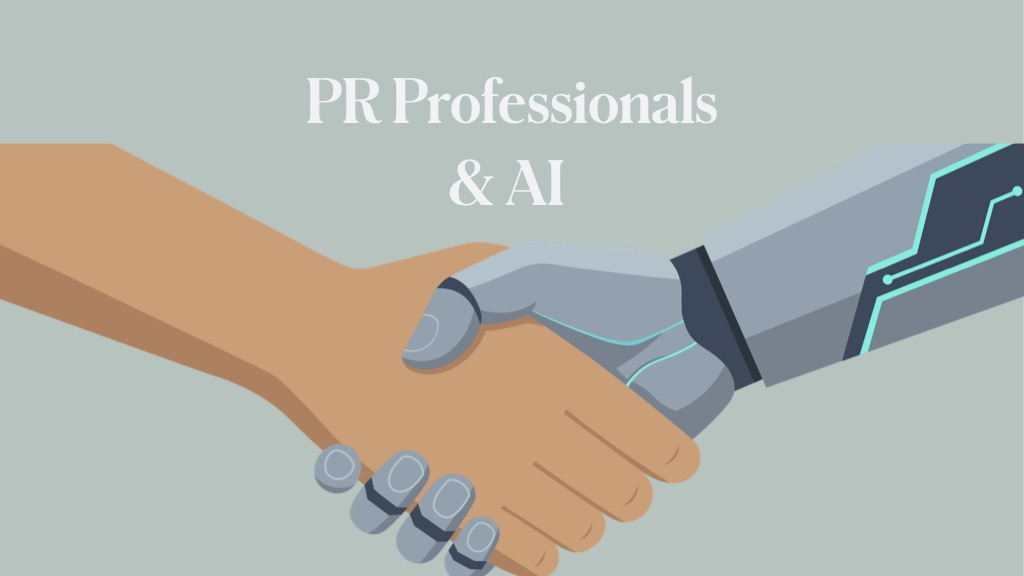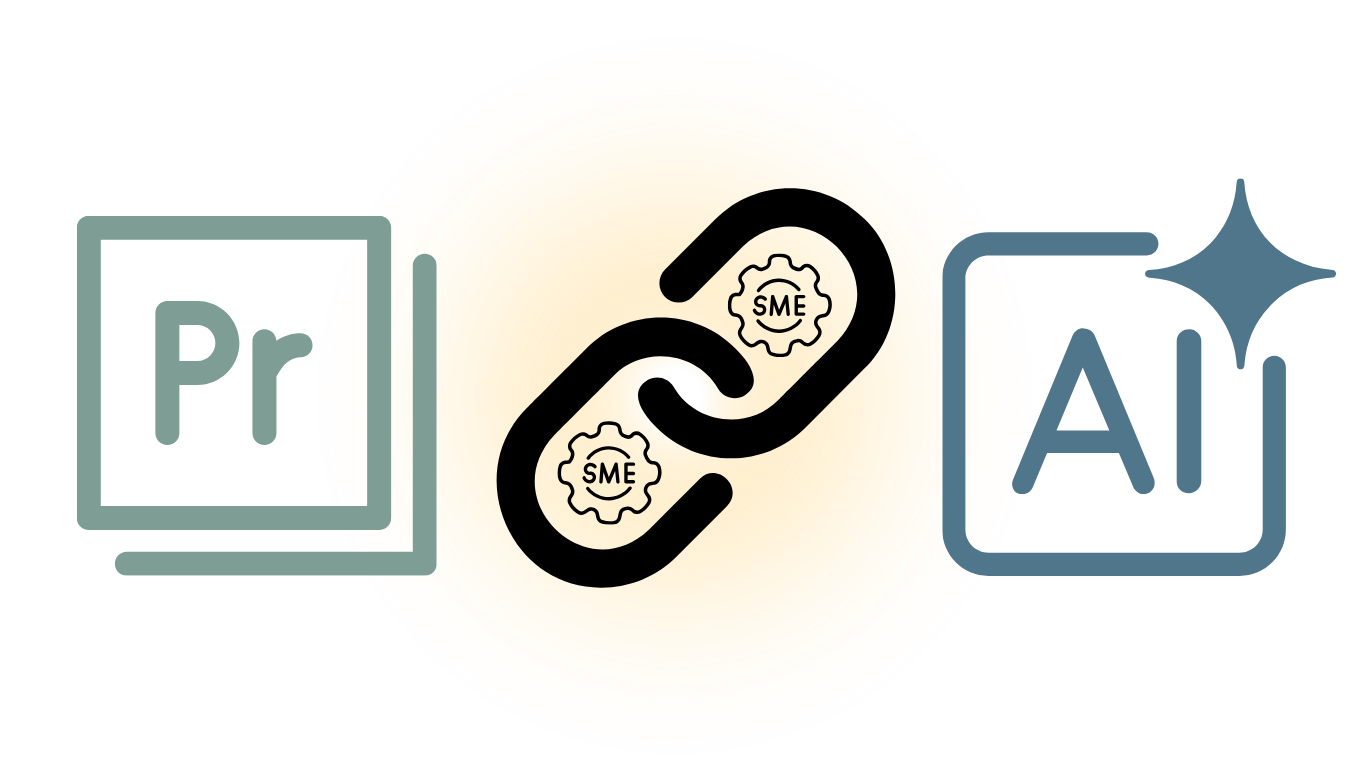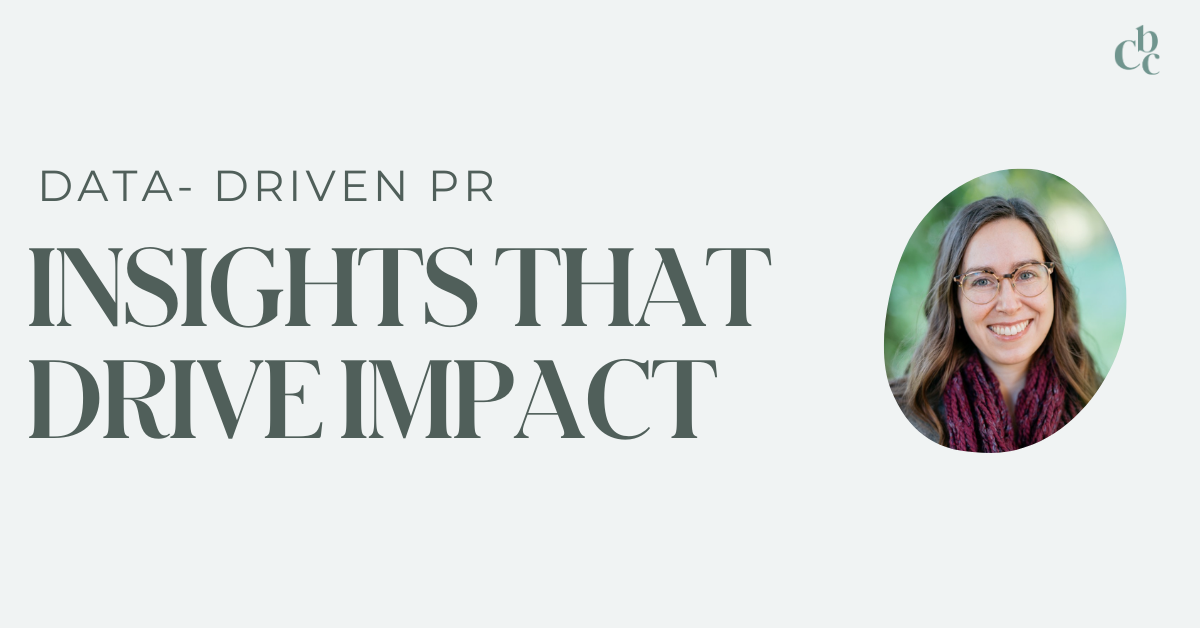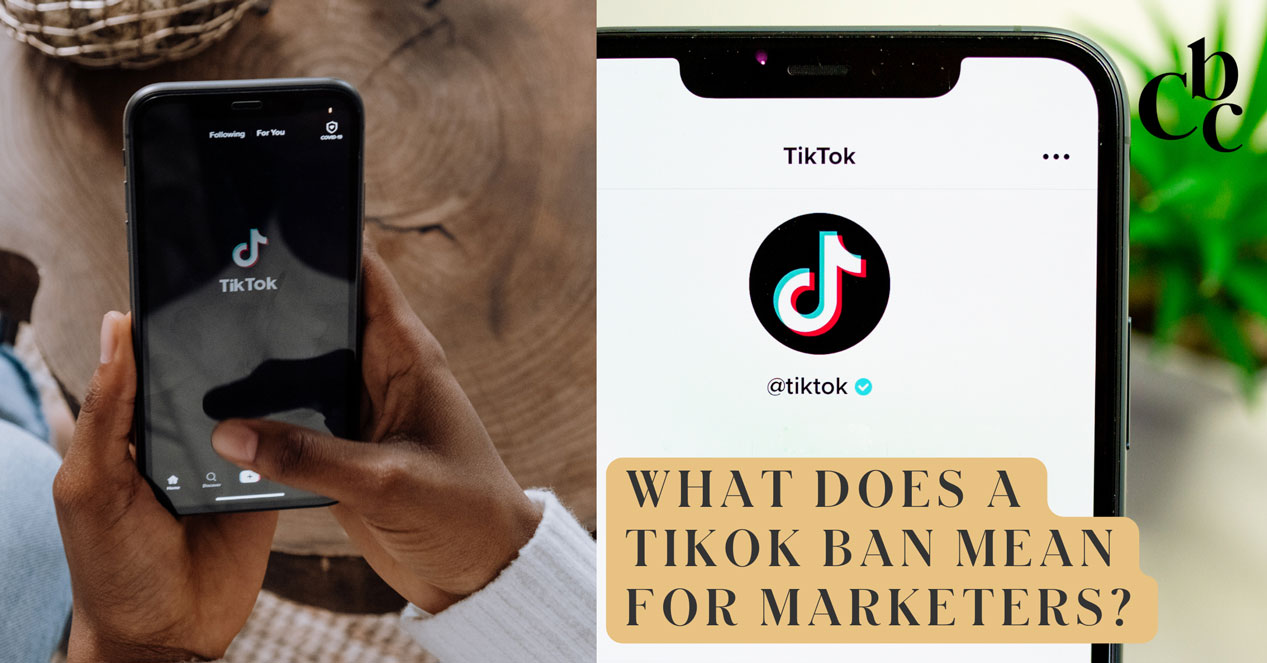If you’re a marketer in 2023, then you know that AI is all anyone is talking about. AI software like ChatGPT can help us write content, aid research, and even develop strategic ideas for our next campaign. In 2023, 42% of companies have their eyes on AI for future marketing efforts so it’s important to know how it can best work to your brand’s advantage.
However, despite all it can do for marketers, AI can’t do everything. Multiple limitations (including content quality, accuracy, and more) make current AI models work better as a supportive tool rather than an “end-all-be-all” for marketers to rely on for content. Read on for the top limitations that you should be aware of and how you can best work around them to take advantage of what AI has to offer.
AI: Pushing the Boundaries but Facing Limitations
1. Content Quality
Despite AI software like ChatGPT or Microsoft Bing having a sometimes eerie (remember New York Times columnist Kevin Roose’s conversation with Microsoft’s Bing AI?) resemblance to a human tone of voice, it’s important to remember they aren’t human. AI lacks the context, nuances, and emotions of a human counterpart that we all know is important in connecting with an audience or customer. Ads with emotional content perform twice as well compared to those with only rational content (31% vs. 16%).
As a result, copy drafted by AI may read as cold or disjointed from your brand’s values and tone of voice.
Take the below example – I asked ChatGPT to draft a Facebook post about our client, the Harvard Club of Boston. What it drafted makes sense, is readable, and is grammatically correct – however, it reads as a boring synopsis of the Club rather than something that is going to engage and excite prospective members. ChatGPT can’t take into account brand values unless you instruct it to do so, and even then, it will still lack that human spark that we know will connect with readers.
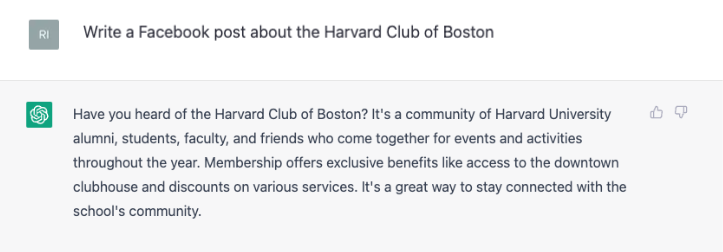
An example of content written by ChatGPT
On top of this, AI may not be able to understand the cultural nuances and sensitivities of different audiences, leading to content that is tone-deaf or offensive. It’s not only important to have a human touch on your content, but one that includes a diverse group of individuals with different perspectives, and AI can’t give you that.
Lastly, AI can only analyze data from the past to make predictions about the future, however, market trends and human behavior are constantly changing, making it difficult for AI to keep up. For example, consumer preferences and trends can shift rapidly, and new products or services can quickly enter existing markets. In addition, there are inevitable external factors such as global events, cultural changes, and economic shifts that can easily shift at a moment’s notice.
Think of all the cultural changes since October 2021 that ChatGPT is completely unaware of – multiple COVID vaccines have increased in availability, there is now a war happening in Ukraine, and TikTok is on its way to potentially being banned by the U.S. government (and that’s just to name a few). With important data like this missing from AI model systems, there’s significant room for error.
2. Content Accuracy
AI-generated content is only as good as the data it is trained on – and that data isn’t perfect. For example, ChatGPT is built on data from October 2021 and prior, so for most topics, it doesn’t have the context of the last year to build upon. For example, if you ask ChatGPT about 2023 marketing trends, the software will straight-up tell you when it’s unable to provide the information you requested.
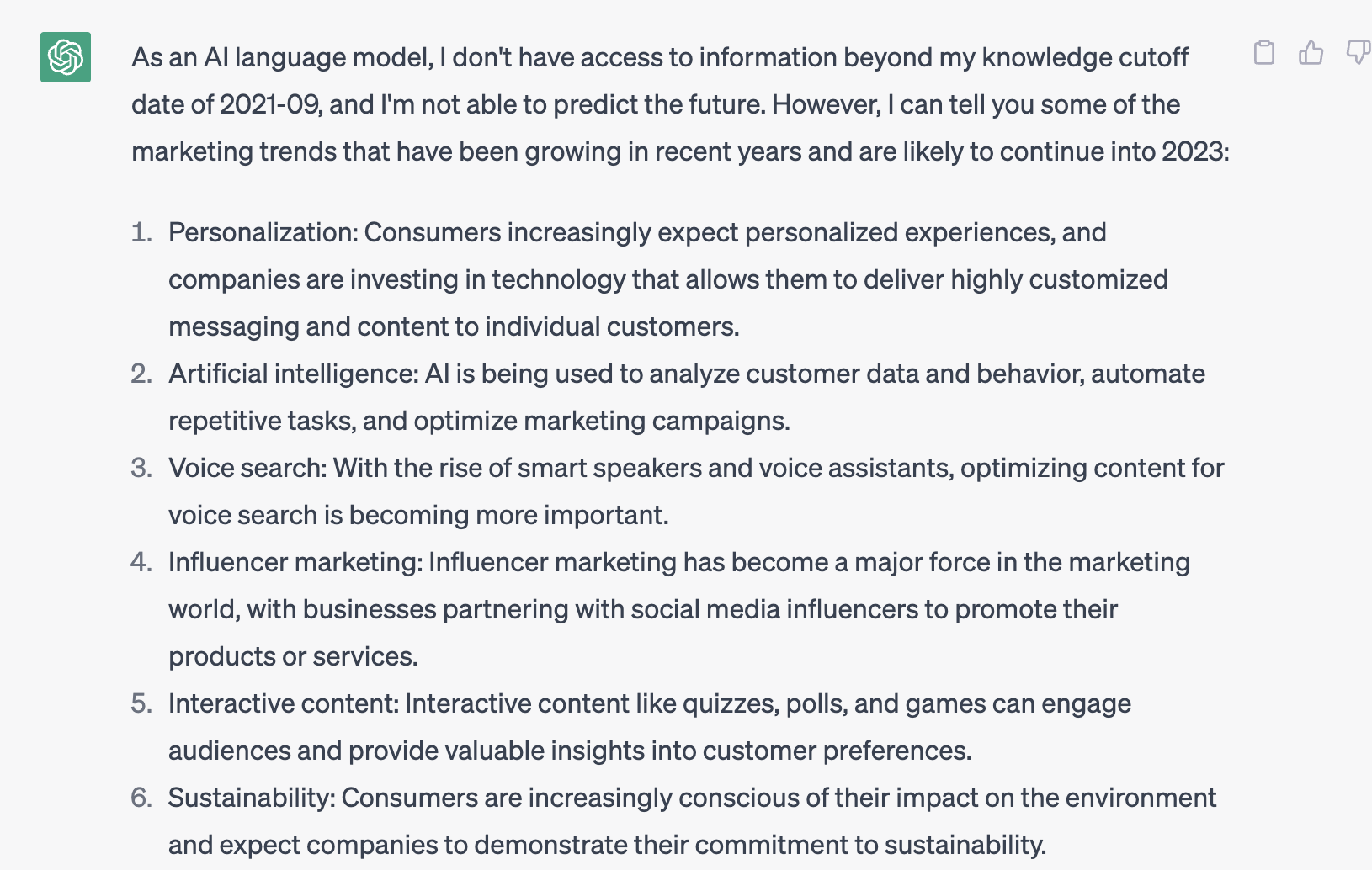
An example of the current time-sensitive limitations of ChatGPT
In addition to this, AI is only as good as the quality of the data it’s built on. For example, if an AI language model is trained on a biased dataset, it can generate content that perpetuates those biases, even if unintentionally. Without being double-checked or changed before using in your campaign, that leads to a negative perception of your brand and its values, especially if the audience identifies with the group that is being misrepresented.
Additionally, if the AI-generated content contains factual inaccuracies or errors, it can damage the credibility of your brand. This is especially true for brands where accuracy and attention to detail are critical, such as medicine or finance. AI makes this mistake through “hallucinations”, or when an AI model generates an output that does not make sense as a response to the specific input it was given.
Take this example from the technology news site Make Use Of – a user asked ChatGPT for “one word similar to revolt that starts with a b” and its output was “rebellion.” In another example from Cyber News, a user successfully tricked an AI model when it asked “When did France gift Lithuania with the Vilnius TV tower?” (something that actually did not happen). It responded with “France gifted Lithuania with the Vilnius TV tower in 1980.”
Hallucinations like this happen for a number of reasons, including a mistake or a change in the data each model is trained on, or a mistake in the input a user gives it. Humans can catch these types of mistakes, while an AI model can’t.
Outsmarting the Limitations of AI
Of course, these limitations are just that, limitations. While they exist, it doesn’t mean marketers can’t take them into account and work around them. We recommend working the following steps into your strategy when using AI to create content:
- Human oversight: AI can be a valuable tool for automating certain tasks, but it is not foolproof. Marketers should maintain human oversight of AI’s output to ensure the results align with their goals and values.
- Data validation: Make sure to do your own research to confirm that the data is accurate and unbiased to avoid any incorrect conclusions or decisions.
- Creativity: AI excels at analyzing and processing data, but it can’t replace human creativity. Marketers should rely on their own creativity to design campaigns that resonate with their target audience. Once you have a creative strategy set in place, you can prompt AI to help you write content based on those guidelines (but don’t forget our human oversight rule)!
- Audience feedback: AI may struggle to understand human emotions and behavior. Marketers can use audience feedback and insights to gain a deeper understanding of their audience and improve their marketing strategies.
- Personalization: AI can analyze customer data and preferences to personalize marketing messages and experiences. Next time you’re using AI, prompt it with audience data so it can better personalize content.
While AI can provide a foundation for content creation, it’s important to remember that human creativity and expertise are essential for creating high-quality and accurate content. By using AI as a complement to human expertise, we can create content that resonates with diverse audiences and provides accurate and up-to-date information.
About the Author
Riley Sampson is an Assistant Account Executive on the Digital + Content team where she works on all things digital and social media strategy, content writing, and more.
